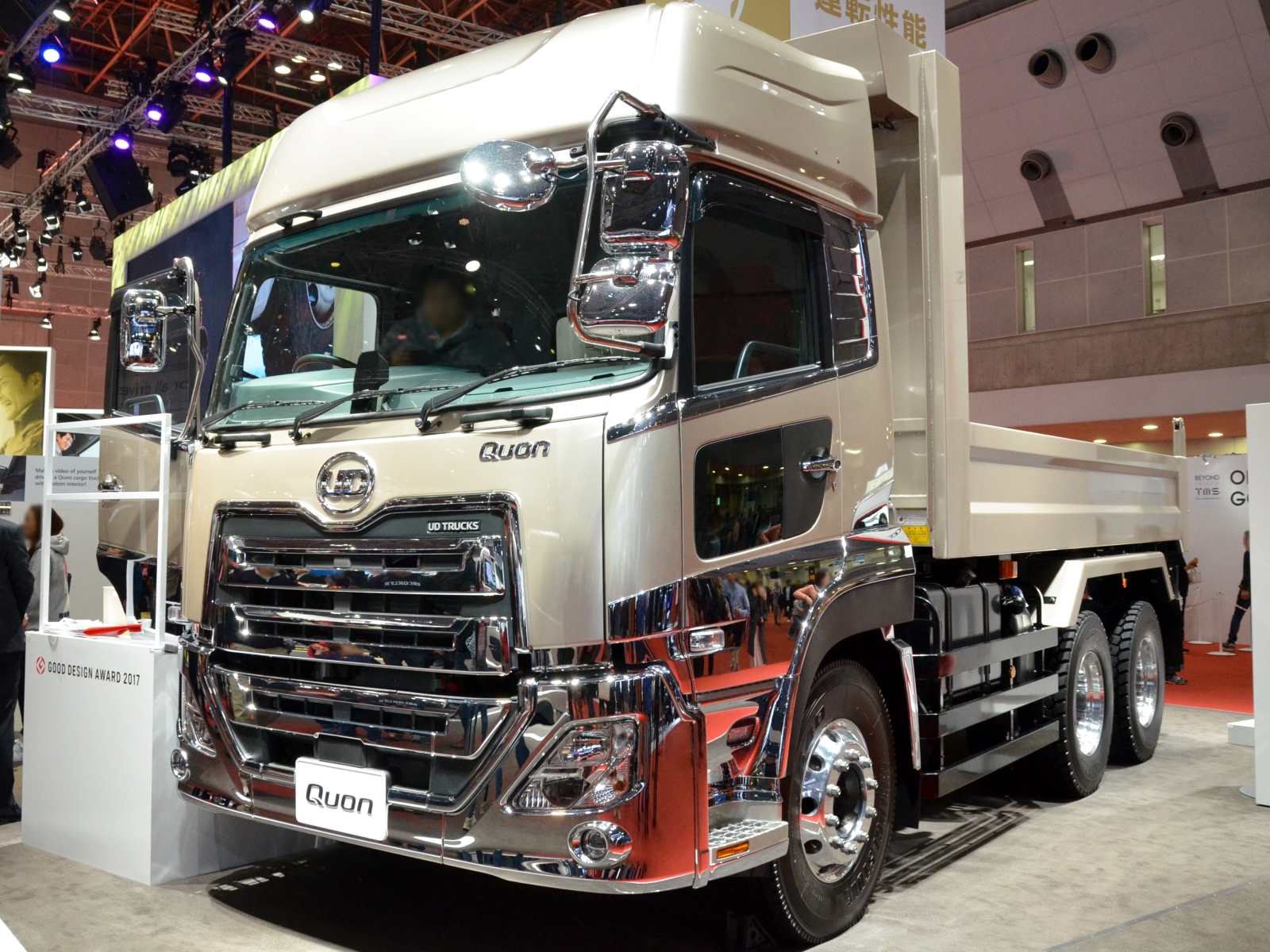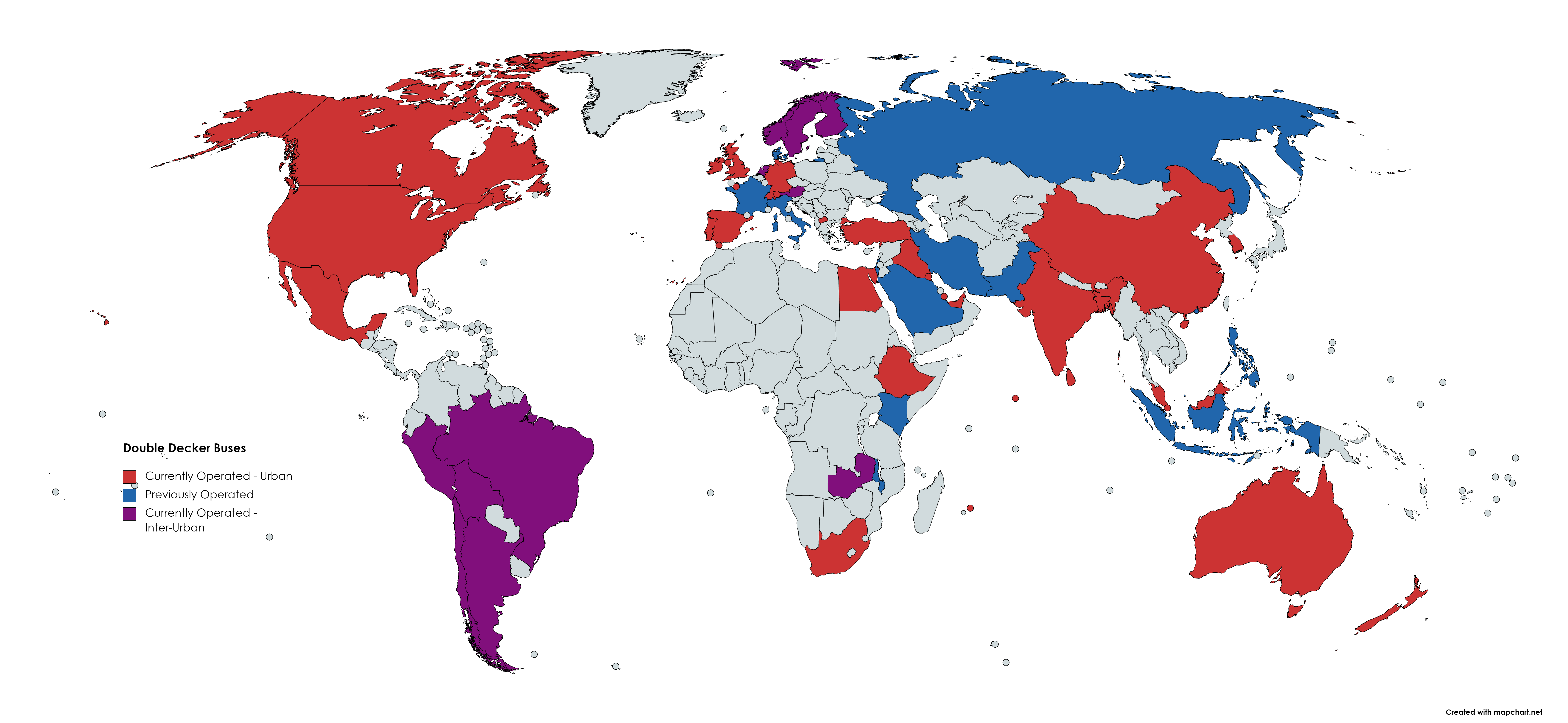|
Nissan Diesel Space Dream
The Nissan Diesel Space Dream (Kana: 日産ディーゼル・スペースドリーム) is a heavy-duty double-deck tourist coach produced by the Japanese manufacturer Nissan Diesel in the 1980s. Space Dream (1983-1988) The Space Dream was introduced at the 1983 Tokyo Motor Show, where it was fitted with a Fuji Heavy Industries body. It uses a RE10 engine. File:Kumamotodentetu_P-GA66T.jpg, P-GA66T File:Kumamotodentetu P-GA66T ria.jpg, P-GA66T rear Jonckheere-bodied double-decker bus (1993-2000) The Nissan Diesel second generation double-decker bus was introduced in 1993, with a new double-decker bus chassis, which was developed from Nissan Diesel Space Wing tri-axle, the new generation bus was fitted with Jonckheere Jonckheere was a Belgian motor coach and bus builder, founded in 1881 by Henri Jonckheere in Roeselare. History In 1881, Henri Jonckheere began to build horse-drawn carriages in the village of Beveren, near Roeselare in the province of Wes ... Monaco ... [...More Info...] [...Related Items...] OR: [Wikipedia] [Google] [Baidu] |
UD Trucks
UD Trucks Corporation (UDトラックス株式会社, ''UD Torakkusu Kabushikigaisha'') is a Japanese company whose principal business is the manufacturing and sales of diesel trucks, buses, bus chassis and special-purpose vehicles. Its headquarters are located in Ageo, Saitama, Japan. The company is a wholly owned subsidiary of Isuzu since 2021. Until 2010, the company was known as Nissan Diesel. The UD name was originally used for the company's Uniflow Diesel Engine (a two-stroke diesel engine), developed in 1955, but is now marketed as meaning "Ultimate Dependability". History 1935–1949 In December 1935, Nihon Diesel Industries, Ltd, in Kawaguchi, Japan on the outskirts of Tokyo was established under the leadership of Kenzo Adachi, where he purchased diesel engine schematics from a Krupp-Junkers patent. The company started production of KD-series 2-cycle diesel engines after entering into partnership and technology exchange with Friedrich Krupp AG. In November 1939, to ... [...More Info...] [...Related Items...] OR: [Wikipedia] [Google] [Baidu] |
Coach (vehicle)
A coach (or coach bus/motorcoach) is a type of bus built for longer-distance service, in contrast to transit buses that are typically used within a single metropolitan region. Often used for touring, intercity, and international bus service, coaches are also used for private charter for various purposes. Coaches are also related and fall under a specific category/type of RVs. Deriving the name from horse-drawn carriages and stagecoaches that carried passengers, luggage, and mail, modern motor coaches are almost always high-floor buses, with separate luggage hold mounted below the passenger compartment. In contrast to transit buses, motor coaches typically feature forward-facing seating, with no provision for standing. Other accommodations may include onboard restrooms, televisions, and overhead luggage space. History Background Horse-drawn chariots and carriages ("coaches") were used by the wealthy and powerful where the roads were of a high enough standard from pos ... [...More Info...] [...Related Items...] OR: [Wikipedia] [Google] [Baidu] |
Double-decker Bus
A double-decker bus or double-deck bus is a bus that has two storeys or decks. They are used for mass transport in the United Kingdom, the United States, New Zealand, Europe, Asia and also in cities such as Sydney; the best-known example is the red London bus, namely the AEC Routemaster. Early double-deckers put the driver in a separate cab. Passenger access was via an open platform at the rear and a bus conductor collected fares. Modern double-deckers have a main entrance door at the front and the driver takes fares, thus halving the number of workers aboard, but slowing the boarding process. The rear open platform, popular with passengers, was abandoned for safety reasons, as there was a risk of passengers falling when running and jumping onto the bus. Double-deckers are primarily for commuter transport, but open-top models are used as sight-seeing buses for tourists. William Gladstone, speaking of London's double-deck horse-drawn omnibuses, once observed that "...the best w ... [...More Info...] [...Related Items...] OR: [Wikipedia] [Google] [Baidu] |
Kana
The term may refer to a number of syllabaries used to write Japanese phonological units, morae. Such syllabaries include (1) the original kana, or , which were Chinese characters (kanji) used phonetically to transcribe Japanese, the most prominent magana system being ; the two descendants of man'yōgana, (2) , and (3) . There are also , which are historical variants of the now-standard hiragana. In current usage, 'kana' can simply mean ''hiragana'' and ''katakana''. Katakana, with a few additions, are also used to write Ainu. A number of systems exist to write the Ryūkyūan languages, in particular Okinawan, in hiragana. Taiwanese kana were used in Taiwanese Hokkien as glosses (ruby text or ''furigana'') for Chinese characters in Taiwan when it was under Japanese rule. Each kana character (syllabogram) corresponds to one sound or whole syllable in the Japanese language, unlike kanji regular script, which corresponds to a meaning (logogram). Apart from the five vowels, ... [...More Info...] [...Related Items...] OR: [Wikipedia] [Google] [Baidu] |
Double-decker Bus
A double-decker bus or double-deck bus is a bus that has two storeys or decks. They are used for mass transport in the United Kingdom, the United States, New Zealand, Europe, Asia and also in cities such as Sydney; the best-known example is the red London bus, namely the AEC Routemaster. Early double-deckers put the driver in a separate cab. Passenger access was via an open platform at the rear and a bus conductor collected fares. Modern double-deckers have a main entrance door at the front and the driver takes fares, thus halving the number of workers aboard, but slowing the boarding process. The rear open platform, popular with passengers, was abandoned for safety reasons, as there was a risk of passengers falling when running and jumping onto the bus. Double-deckers are primarily for commuter transport, but open-top models are used as sight-seeing buses for tourists. William Gladstone, speaking of London's double-deck horse-drawn omnibuses, once observed that "...the best w ... [...More Info...] [...Related Items...] OR: [Wikipedia] [Google] [Baidu] |
Fuji Heavy Industries
is a Japanese multinational corporation and conglomerate primarily involved in both terrestrial and aerospace transportation manufacturing. It is best known for its line of Subaru automobiles. Founded in 1953, the company was formerly named (FHI) until 2017. The company's aerospace division is a defense contractor to the Japanese government, manufacturing Boeing and Lockheed Martin helicopters and airplanes under license. This same division is a global development and manufacturing partner to both companies. History Fuji Heavy Industries traces its roots to the Nakajima Aircraft Company, a leading supplier of airplanes to the Japanese government during World War II. At the end of World War II, Nakajima was broken up by the Occupation of Japan, Allied Occupation government under ''keiretsu'' legislation, and by 1950 part of the separated operation was already known as Fuji Heavy Industries. FHI was incorporated on July 15, 1953, when five Japanese companies, known as Fuji Kog ... [...More Info...] [...Related Items...] OR: [Wikipedia] [Google] [Baidu] |
Nissan Diesel Space Arrow
The Nissan Diesel Space Arrow (kana:日産ディーゼル・スペースアロー) is a heavy-duty coach produced by the Japanese manufacturer Nissan Diesel from 1985 until 2010. The range was primarily available as tourist coach. RA Series *RA50 (1973) *K-RM51 (1980) *P-RA52 (1984) File:K-RA60S.jpg, RA K-RA60S Space Arrow RA/Space Wing I In 2005, Space Arrow RA/Space Wing I engine was changed to MD92TK. The MD92TK engine uses AdBlue Urea Selective Catalytic Reduction technology and ZF Ecomat 2 Plus 6-speed automatic equipped (6-speed manual deleted from lineup). *P-RA46/53 (1985) *U-RA520/530 (1990) *KC-RA531/550 (1995) *KL-RA552 (2000) *ADG-RA273 (2005) *PKG-RA274 (2006) File:648-6921-JR-East-P-RA53T.jpg, Space Arrow RA P-RA53T File:North japan H200F 0457.JPG, Space Wing II U-RD620UBN File:Honshikaikyo-n9903-20071002.jpg, Space Arrow RA KC-RA531RBN File:JR Kyushu Bus Kagoshima.jpg, Space Wing I KL-RA552RBN File:Fujiexp-lakeliner-20070703.jpg, Space Arrow RA KL-RA552RBN ... [...More Info...] [...Related Items...] OR: [Wikipedia] [Google] [Baidu] |
Jonckheere
Jonckheere was a Belgian motor coach and bus builder, founded in 1881 by Henri Jonckheere in Roeselare. History In 1881, Henri Jonckheere began to build horse-drawn carriages in the village of Beveren, near Roeselare in the province of West Flanders, Belgium. In 1902 Jonckheere build his first "luxury automobile". In those days many, largely wooden bodies with their typical styling, were built upon several famous chassis such as Minerva and Rolls-Royce. In 1922 Henri's son and successor Joseph Jonckheere built his first bus body. Car bodies were still a large part of the production until the early 1930s when Jonckheere moved all of the production to bus and coach building, making Jonckheere the Belgian market leader. Jonckheere was also becoming a famous and well-known name throughout Europe. After World War II, there was a huge need for vehicles for road transport, which included of course a lot of buses and coaches. Jonckheere was able to quickly meet all new market trends. ... [...More Info...] [...Related Items...] OR: [Wikipedia] [Google] [Baidu] |
Double-decker Buses
A double-decker bus or double-deck bus is a bus that has two storeys or decks. They are used for mass transport in the United Kingdom, the United States, New Zealand, Europe, Asia and also in cities such as Sydney; the best-known example is the red London bus, namely the AEC Routemaster. Early double-deckers put the driver in a separate cab. Passenger access was via an open platform at the rear and a bus conductor collected fares. Modern double-deckers have a main entrance door at the front and the driver takes fares, thus halving the number of workers aboard, but slowing the boarding process. The rear open platform, popular with passengers, was abandoned for safety reasons, as there was a risk of passengers falling when running and jumping onto the bus. Double-deckers are primarily for commuter transport, but open-top models are used as sight-seeing buses for tourists. William Gladstone, speaking of London's double-deck horse-drawn omnibuses, once observed that "...the best w ... [...More Info...] [...Related Items...] OR: [Wikipedia] [Google] [Baidu] |
Coaches (bus)
Coach may refer to: Guidance/instruction * Coach (sport), a director of athletes' training and activities * Coaching, the practice of guiding an individual through a process ** Acting coach, a teacher who trains performers Transportation * Coach (bus), an automotive vehicle for long-distance travel *Coach (carriage), a horse-drawn vehicle * Coach (passenger car), a type of railroad car * Coach (scheduled transport), the mode of transport using such vehicles **Coach Canada, a Canadian bus transport company ** Coach USA, an American bus transport company * Coach class, a category of transport seating * Ehroflug Coach II S, a Swiss ultralight aircraft design * Funeral coach, a vehicle for carrying the deceased Business *Coach, Inc. (now Tapestry, Inc.), the parent company of Coach New York and other fashion brands **Coach New York (aka Coach), an American company specializing in luxury accessories such as handbags Art, media, and entertainment Characters * Coach (comics), a Marve ... [...More Info...] [...Related Items...] OR: [Wikipedia] [Google] [Baidu] |
Vehicles Introduced In 1983
A vehicle (from la, vehiculum) is a machine that transports people or cargo. Vehicles include wagons, bicycles, motor vehicles (motorcycles, cars, trucks, buses, mobility scooters for disabled people), railed vehicles (trains, trams), watercraft (ships, boats, underwater vehicles), amphibious vehicles (screw-propelled vehicles, hovercraft), aircraft (airplanes, helicopters, aerostats) and spacecraft.Halsey, William D. (Editorial Director): ''MacMillan Contemporary Dictionary'', page 1106. Macmillan Publishers, MacMillan Publishing, 1979. Land vehicles are classified broadly by what is used to apply steering and drive force (physics), forces against the ground: wheeled vehicle, wheeled, tracked vehicle, tracked, railed vehicle, railed or Ski#Use on vehicles, skied. ISO 3833-1977 is the standard, also internationally used in legislation, for road vehicles types, terms and definitions. History * The oldest boats found by archaeological excavation are logboats, with the ol ... [...More Info...] [...Related Items...] OR: [Wikipedia] [Google] [Baidu] |





.jpg)
